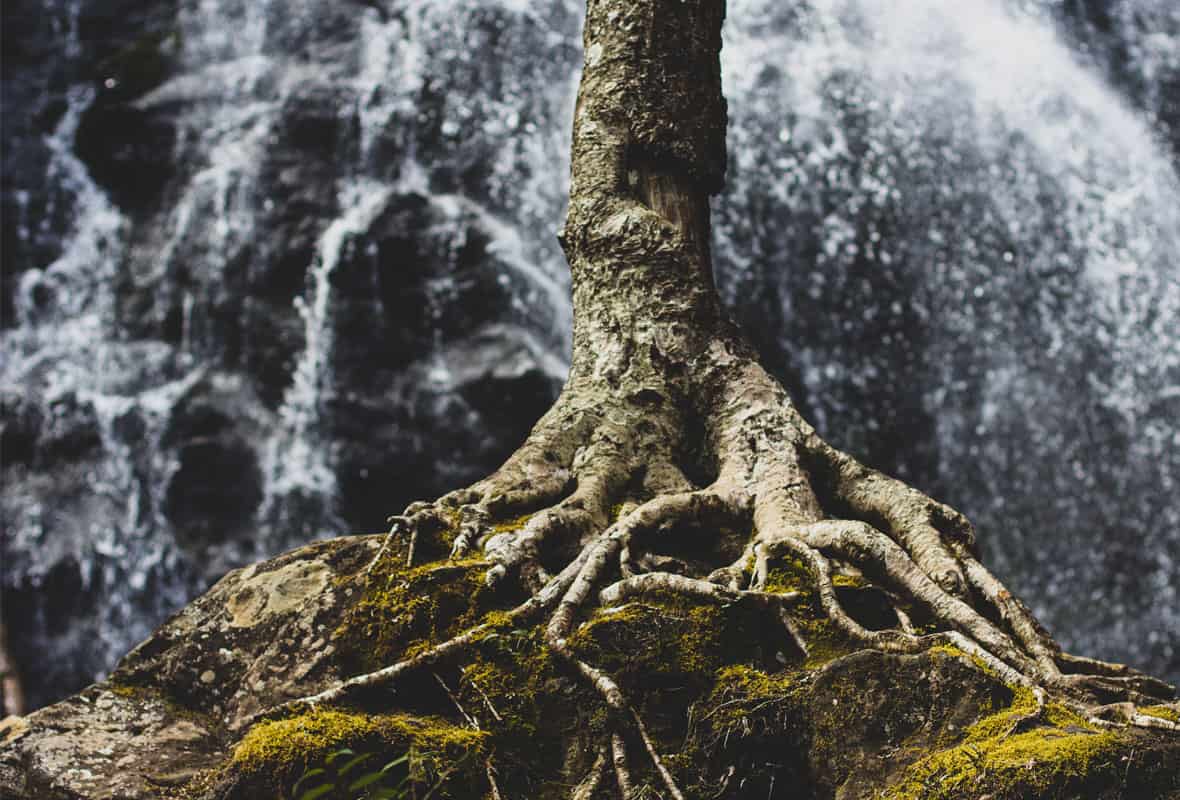If you’re planning on doing some garden landscaping, it’s important to consider the drainage system. Without proper drainage, your garden could become waterlogged, which could cause damage to your plants and the overall landscape. In this article, we’ll discuss the top things to consider for drainage in your garden landscaping project.
Slope and Grading
Proper slope and grading solutions are crucial for preventing drainage problems in your garden. Without the proper slope, water may accumulate in certain areas and lead to flooding, which can damage your property and plants. One solution is to use soil to create a slope or grade in your garden. The goal is to create a gentle slope that allows water to flow away from your home and toward a designated drainage area.
If your garden has a lot of flat areas, you can use soil to create a slope by raising the soil level gradually. In contrast, if your garden has a steep slope, you can create terraces or steps to create a flat area where water can be redirected. This may require the use of retaining walls to hold the soil in place.
Another solution is to use drainage systems such as French drains or dry wells. A French drain is a trench filled with gravel or rock that directs water away from your home and toward a designated drainage area. Dry wells are similar to French drains but collect and hold water before it is slowly absorbed by the ground. These systems are especially helpful if your garden is located on a flat area where natural slopes are not present.
It’s also essential to consider the location of your garden in relation to your home’s foundation. Water can seep through foundation walls and cause flooding in your basement or crawl space. To prevent this, make sure your garden is sloped away from your home’s foundation.
Soil Type
Soil type plays a significant role in drainage. Clay soil, for example, can be problematic as it holds water for longer periods, while sandy soil has better drainage. Understanding the soil type on your property will help you choose the best plants and drainage solutions.
Drainage Solutions
There are various drainage solutions that you can use in your garden landscaping project, such as:
- French drains: A French drain is a trench filled with gravel or rock and perforated piping that redirects water away from an area.
- Dry wells: A dry well is a hole filled with gravel or rock that collects water and allows it to percolate into the soil slowly.
- Catch basins: Catch basins are drains with a grate on top that collect water and allow it to flow into a drainage system.
It’s essential to choose the right drainage solution based on your garden’s needs and the soil type. A plumbing professional can help you determine the most effective drainage solution for your garden landscaping project.
Landscape Design
Your landscape design should also take drainage into consideration. Proper plant placement and spacing can help promote water absorption and prevent soil erosion. Consider grouping plants with similar water requirements together and avoid placing plants in low-lying areas.
In gardens with challenging terrain or poor soil quality, implementing the right landscape design can make a significant difference in drainage. One popular technique is to use a rain garden, which is a specially designed area that collects and filters rainwater runoff. This type of garden uses plants that are well-suited to damp conditions and helps to slow down the flow of water, allowing it to be absorbed into the soil more easily.
Another effective strategy is to use permeable hardscape materials, such as permeable pavers or gravel, in areas where water runoff is a concern. These materials allow water to pass through, rather than pooling on the surface, and can be used for pathways, patios, and even driveways.
Retaining walls can also be useful in managing drainage in sloped gardens. By using retaining walls to create terraces or steps, you can create a more level surface that allows water to be distributed more evenly throughout the garden.
When it comes to plant selection, it’s essential to choose plants that are well-suited to the specific conditions in your garden. Plants that prefer moist soil, such as ferns, hostas, and astilbes, can be excellent choices for areas with poor drainage. Additionally, incorporating plants with deep roots can help to break up compacted soil, allowing water to penetrate more easily.
Overall, the key to designing a garden with effective water drainage is to carefully consider the unique conditions of your space and choose the right techniques and materials to address any challenges. Working with a professional landscaper can be a great way to ensure that your garden is designed with proper drainage in mind.
Maintenance
Regular maintenance is crucial in ensuring proper drainage in your garden. It’s important to inspect and maintain your garden’s drainage system regularly to prevent problems from occurring in the first place. Regular maintenance can involve a variety of tasks, such as removing debris from gutters and downspouts, clearing out any clogged drains or culverts, and ensuring that the grading and slope of your garden remain optimal.
One of the simplest maintenance tasks you can do is to regularly clean out your gutters and downspouts. Leaves, twigs, and other debris can clog your gutters and prevent water from draining properly. This can cause water to overflow and potentially damage your home’s foundation. By regularly removing debris from your gutters and downspouts, you can ensure that water flows away from your home as intended.
Regularly inspecting your garden’s drainage system is also important. This includes checking the condition of any drainage pipes, culverts, and catch basins. Any damage or obstructions in these components can cause water to back up and flood your garden. If you notice any issues, it’s important to address them promptly to prevent further damage.
Finally, maintaining the grading and slope of your garden is essential. Over time, erosion or settling can cause the grade and slope of your garden to change, which can impact water drainage. Regularly checking and adjusting the slope and grading of your garden can ensure that water flows away from your home and towards appropriate drainage areas.
Overall, regular maintenance is a crucial aspect of ensuring proper drainage in your garden. By performing simple tasks such as cleaning gutters, inspecting drainage components, and maintaining the grading and slope of your garden, you can prevent water damage and keep your garden healthy and thriving.
Pipe Camera Inspection
In some cases, it may be necessary to use a pipe camera to inspect your drainage system. Pipe cameras are used to investigate sewer pipe blockages and other issues that may be causing drainage problems. By identifying the root cause of the problem, a plumbing professional can provide the most effective solution to fix the issue.
Conclusion
In conclusion, proper drainage is essential to the success of any garden landscaping project. By considering the slope and grading of your property, soil type, drainage solutions, landscape design, and regular maintenance, you can prevent water damage and create a healthy garden environment. Don’t forget to consult with a plumbing professional to ensure your drainage system is functioning optimally, and use the above links for more information on related topics.
- Why Brawoliner is the Best in Pipe Relining Business - August 4, 2025
- Aftercare of Pipe Relining: How Hard is it Really? - August 4, 2025
- Revitalizing Your Sewer Pipes: How Sewer Pipe Relining Works - August 4, 2025





